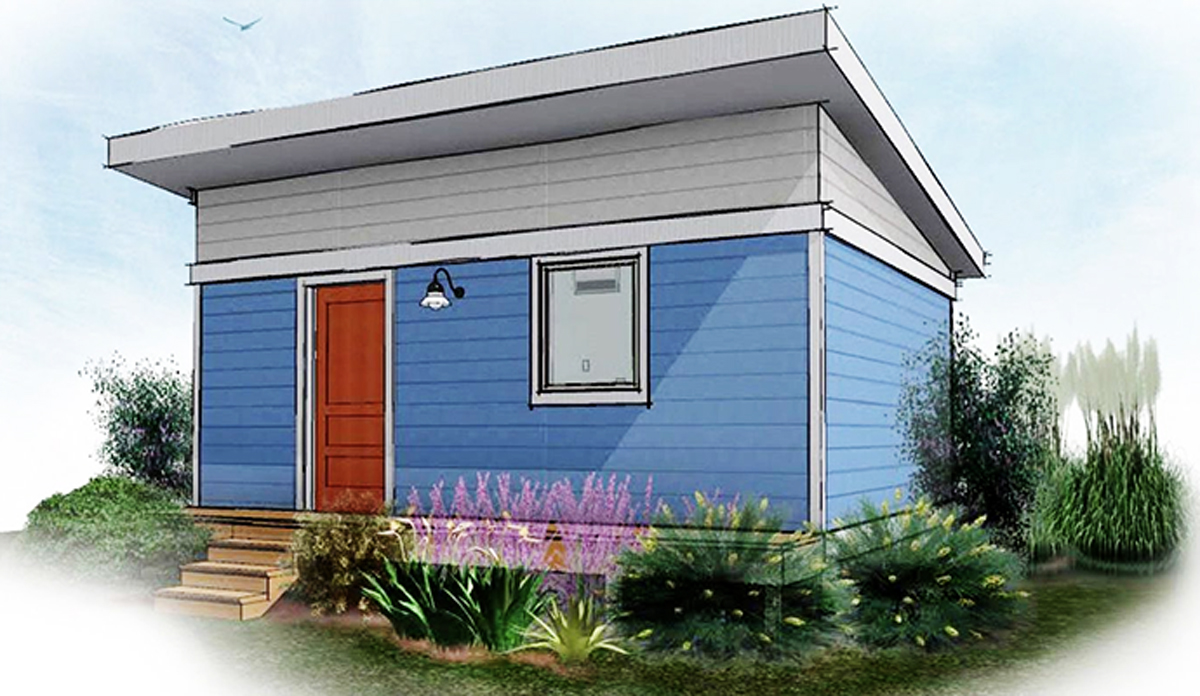Trending
NIMBY what? LA will pay homeowners to house the homeless in their backyard
City officials have begun experimenting with financing options and designs

In Los Angeles’ latest effort to combat the growing number of homeless, city officials have come up with a unique solution that gives a whole new meaning to the term “YIMBY.”
Officials are testing out a program that could lead to homeowners housing some of the thousands of homeless in so-called “granny flats,” or small backyard houses. In August, the county Board of Supervisors approved a $550,000 pilot program, and now the city is experimenting with potential financing options and designs, the Los Angeles Times reported.
The local government could finance a homeless granny flat for three years for about $15,000 a year. It would also cover 70 percent of rents through low-income vouchers, with the tenant producing the rest.
As part of the pilot program, homeowners will be awarded $75,000 to build the granny flat, or $50,000 for renovations to existing units. The units, which can cost up to $350,000 each, will have plumbing and cooking facilities. They will only be available to people who have been screened.
The latest effort is also a means of pushing homeowners to build granny flats in their backyard, an initiative that has not taken off. In November, Mayor Eric Garcetti reiterated the importance of the secondary homes, saying there could be an additional 50,000 units if 10 percent of the city’s homeowners agreed to participate.
It’s also not the only agenda Garcetti is pushing to reach his goal of 100,000 new units of housing. The voter-approved Measure JJJ has been encouraging developers to include affordable units in exchange for zoning changes, while the Transit-Oriented Communities program pushes for affordable housing near transit options. [LAT] — Natalie Hoberman




